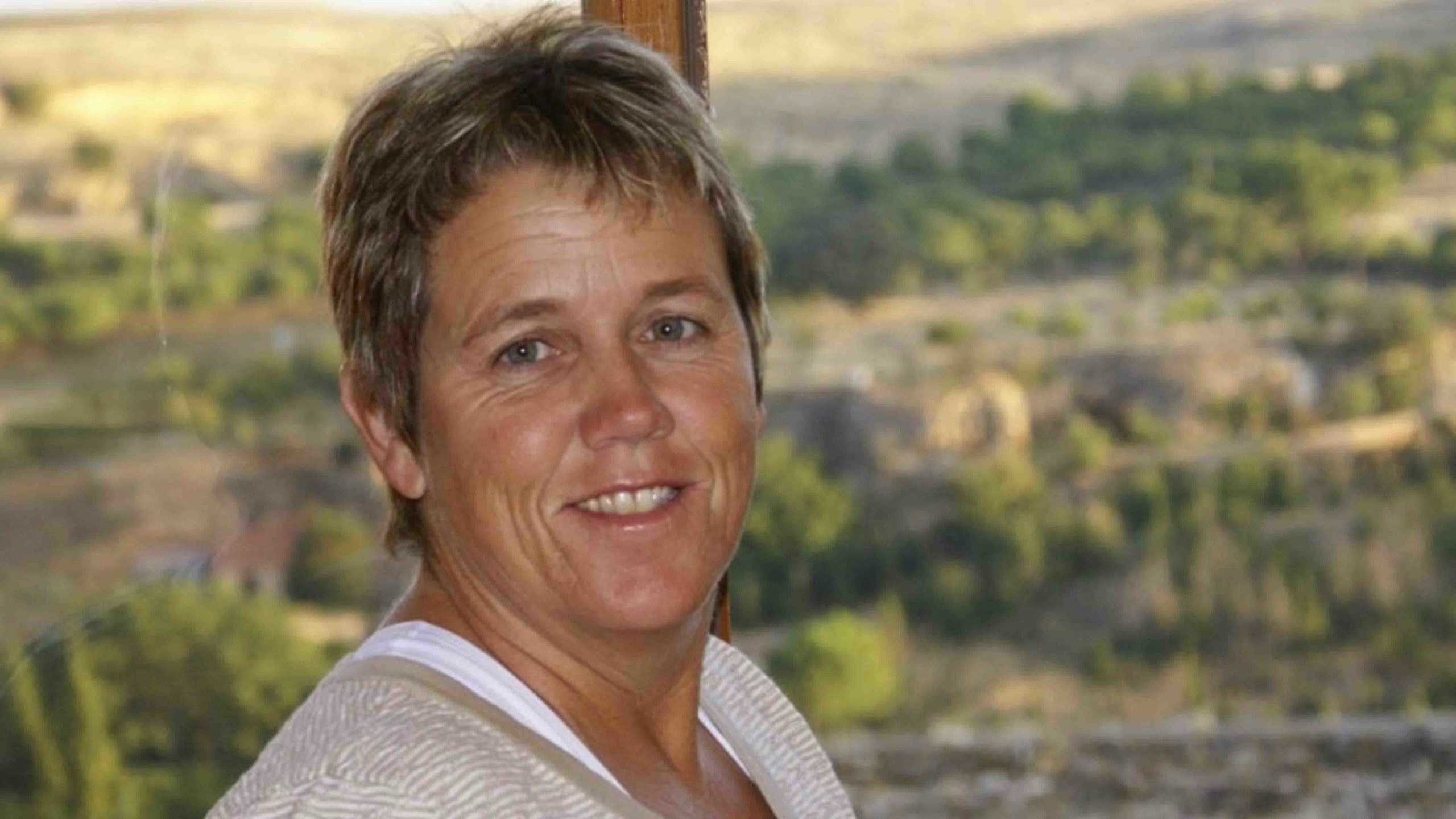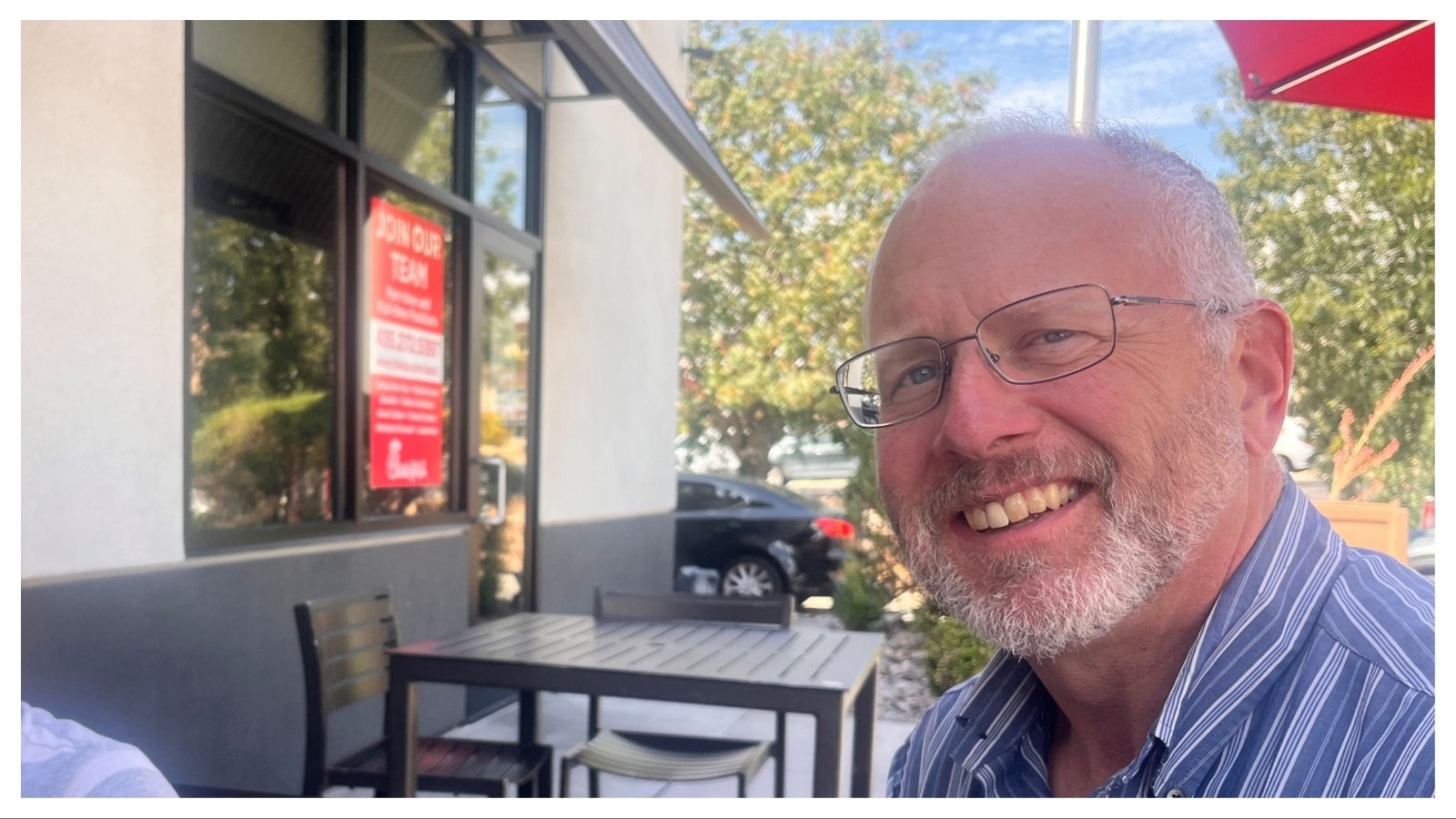After not feeling well for a few months, last March I made an appointment with an internal medicine doctor in Jackson. It took several weeks from the time I called to make the appointment to the date of my appointment, but the day finally rolled around in early April.
The doctor was attentive and professional, and we set out on a course to determine the cause of my illness. I spent two mornings driving back and forth from the ranch in the southern portion of Sublette County to Jackson for tests, for the most part enjoying the beautiful drive despite some physical discomfort and exhaustion.
Shortly after arriving back home the second day, I received a call from the doctor informing me of my diagnosis as confirmed by lab results. I needed to get on a particular drug to stop the bacterial toxin attacking my body as soon as possible.
Taking this “drug of last resort” every six hours for the next 10 days could clear up the infection, but we would need to monitor progress to be sure the treatment was successful. My symptoms were caused by an antibiotic-resistant pathogen, and although the infection has a startling fatality rate in older adults, my slightly younger age and lack of other risk factors were in my favor.
Having both a diagnosis and a treatment plan was a relief, and husband Jim set off to Pinedale on the 80-mile roundtrip to town get my prescription. When he arrived at the pharmacy on a Friday, he learned that the pharmacy didn’t have the drug. But the pharmacist was helpful, calling the only other pharmacy in the county to see if they could help.
They could, so Jim went across town to pick up the prescription, only to learn that the second pharmacy only had 10 pills, enough to last two and a half days. As the medical literature explained, my treatment schedule was “time-sensitive to the degree that a dispensing delay of several days can lead to poor outcomes.”
The first pharmacy agreed to order the remainder of the pills, but meanwhile we had to figure out how I could take the pills on a schedule of every six hours with only a limited number of pills. To make the schedule work, I had to delay the start of my treatment by another day. By starting on Saturday morning, I would have enough pills to get by until early afternoon on Monday, at which point the first pharmacy should have the rest of the prescription.
As I swallowed the last pill that Monday morning, I called the pharmacy to find out when a family member could pick up the rest of my prescription only to learn that the shipment hadn’t been received after all. With the clock ticking on the 6-hour deadline, I called the doctor’s office and was able to get the prescription order sent to a pharmacy in Rock Springs, and Jim jumped in the truck for the 180-mile roundtrip drug run.
Jim returned home about five hours later with 13 pills – all that was available at the Rock Springs pharmacy. The cash cost for the pills was nearly $350 for a 3-day course of treatment, but the pharmacy worked to provide an insurance discount, knocking my price down to about $3 per pill.
By that time, the original pharmacy in Pinedale, concerned that the clock was ticking on my needed dosage, had called to report they had the prescription in hand so I could stay on schedule.
I thanked the pharmacist for his attentiveness and told him Jim would make the next drug run in the morning. Failure to take the drug on schedule could result in relapse or treatment failure, with predictive “unfavorable outcomes.” More than 1.3 million people, including 700,000 Americans, die annually from drug-resistant infections, and this time-sensitive drug regime was my best path to recovery.
The next day, just four days after my diagnosis, Jim left in ground blizzard conditions on another 80-mile drug run, hoping to score another 17 pills.
Accompanying him was an envelope of paperwork documenting how many pills were dispensed from each pharmacy, with telephone numbers covering medical contacts in three counties, as well as insurance information, in case of a problem in getting the correct numbers of pills and getting the insurance company to share in the cost of this very expensive and very necessary drug.
Living in a remote area of Wyoming, we are accustomed to having to make long trips for essentials, and we plan for that, generally keeping the ranch well stocked. This isn’t the first time we’ve had to drive hundreds of miles to fill a prescription in an emergency situation.
But this case is a little different in that the reason why the pharmacies don’t stock the drug wasn’t necessarily because of its scarcity, but because of its high cost. In some areas of the country, patients without insurance would have to pay nearly $4,000 for the 10-day treatment.
Others are lucky to find their out-of-pocket cost is more than $1,200 for the same treatment. I’m more fortunate, with medical insurance paying the majority of the cost. Other people drive to Mexico or Canada to fill the prescriptions, if they can do it quickly.
But as Jim headed to town with a credit card, I couldn’t help but think of those less fortunate. What about the people who can’t come up with $1,000 on the spot, or even $300? At best, the delay in treatment will have them landing in a hospital with medical bills far exceeding the initial outlay for taking pills at home for 10 days.
It’s not far-fetched. I read in a medical journal about a woman my age who was discharged from a hospital and went to fill her prescription only to learn her out-of-pocket cost would be more than $1,000 for the same treatment regime as mine. She went home without the pills, waiting for the prior-authorization approval from her insurance company. The three days she went without the medication was too much: she was readmitted to the hospital for her incomplete treatment.
As I perused medical journals reading about my disease and its treatment, I learned that the average wholesale prices for this drug in the United States ranges from $24 to $66 per pill, with generics ringing in about $31 per pill. These prescription drug prices in the U.S. are more than twice the price in other countries.
A few hours after he had left, Jim called from town with good news: the pharmacy was sending 18 pills home for me, and after the insurance payment, our out-of-pocket cost would be minimal. We were so fortunate, but there are so many others who are not.
After all the hassle to get 10 days worth of pills, it was devastating when I relapsed just a few days after the treatment regime had ended.
We were once again racing the clock, calling to arrange a telehealth visit with my doctor, spending two days getting more tests and awaiting results, dealing with a busy medical professional who mistakenly read my results as negative when they were positive, debating whether I could take this “drug of last resort” one more time, and then three more days traveling across two counties to finally chase down enough pills to fill the new prescription which would last for a full six weeks rather than just 10 days.
Fortunately, this time the treatment worked. For now.
The world is facing both antibiotic shortages and antibiotic-resistant germs. This winter, America experienced a shortage of amoxicillin, an antibiotic commonly used to treat ear infections and other common illnesses in children.
The amoxicillin shortage is related to supply chain issues, but as demonstrated with my family’s drug runs through western Wyoming, other drug shortages are based on the cost of the drugs. And my need for the drug was based on an antimicrobial resistant bacteria, dubbed “the next public health crisis.”
In an op-ed two years ago, U.S. Senator Todd Young (R-Indiana) wrote, “While it is not dominating current news headlines, the next public health crisis is already here: the emergence of bacteria resistant to antibiotic treatment.”
Young cited estimates that antibiotic resistance kills someone in the United States every 15 minutes, and is predicted to be the leading cause of death worldwide by 2050 unless new, more potent drugs can be developed. “Common procedures like hip and knee replacements and caesarian sections carry serious infection risks and are becoming more dangerous as our antibiotic options dwindle.”
Health officials recognize that the lack of access to safe, affordable, and effective antimicrobials for humans is a threat to global health security.
The United States has made real progress in reducing the overuse of antibiotics in human populations and will prohibit over-the-counter sales of antibiotics without a veterinary prescription in June 2023 (which has already caused a shortage in the availability of these necessary drugs), what is still lacking is the development of new antibiotics.
One measure that would boost the development of new antibiotics continues to languish in Congress. Here’s hoping that Congress will act before many more lives are lost.
Cat Urbigkit is an author and rancher who lives on the range in Sublette County, Wyoming. Her column, Range Writing, appears weekly in Cowboy State Daily.





